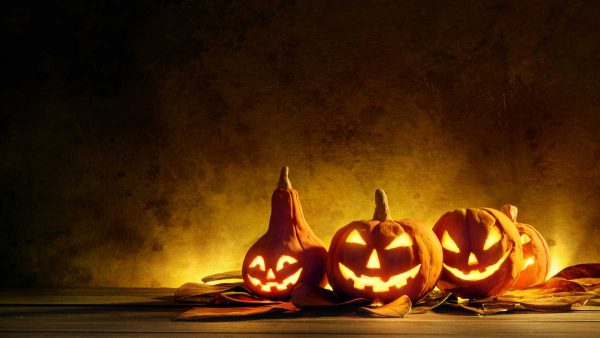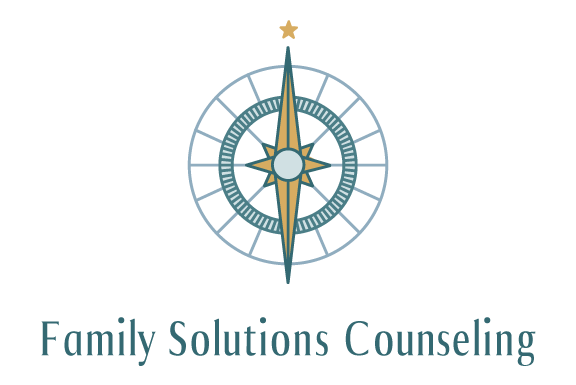
That time of the year had rolled around once again. It’s a time where homes are transformed into haunted houses, grocery stores stock up on pumpkins of all shapes and sizes, businesses line their offices with candy corn and cotton spider webs, and family and friends gather around the television to watch Michael Myers haunt and terrorize a community with a butcher knife and painfully slow walk. If that isn’t enough description for you, I am talking about HALLOWEEN!!
Please read the Halloween article I wrote last year entitled IT: Story of Addiction
People’s thoughts and feelings about this “holiday” are much like anything else in the world, in that, we fall into different camps. There is a camp that is perfectly okay with dressing their children up as ghouls, goblins, and murderous creatures, so as long as they are having fun. You have to admit, there is something endearing but yet disturbing about hearing the sweet voice of a 6 year old, as she holds her bag out for a sugary treat, and the words “Trick or Treat” are uttered from under a bloody hockey mask. There is also a camp of people that is adamantly anti-Halloween for very obvious reasons. It’s hard for me to hold that against them. Any reasonable person can see how this dark holiday is often taken too far, especially when we are working harder, more than ever, to preserve the innocence of our children. But, then, there is a camp that has mixed emotions about this holiday – the in-betweeners. Whichever camp you fall into, I hope this article will help you look at this odd holiday a bit differently.
Taming the Tales
Although I do agree that this holiday is often taken too far, especially for children, I do think our culture needs a holiday like this in the line-up. In modern American culture, we have worked very hard and diligently to conquer pain and suffering in our effort to achieve comfort. One might be able to argue that we have done fairly well at that. I am not so convinced. I am more likely to believe that we have simply mastered the skill of “MASKing” our pain rather than truly and effectively dealing with it.
There was a time where pain, suffering, and loss wasn’t heavily feared, but understood as simply a part of life. For instance, many old fairy tales were dark and HORRIFIC, but they have since been re-written to have sweeter, happier endings. Did you know the Little Mermaid dies in the original story? Did you know that in Cinderella’s story, the wicked step-sisters carved their own feet with a knife in effort to get them to fit into the glass slipper? Yeah! Pretty dark, right? So why have we tamed these stories?
“With eyes already glazing she looked once more at the Prince, hurled herself over the bulwarks into the sea, and felt her body dissolve in foam.”
The Little Mermaid
It can be argued that before the world of modern medicine, stories were told in effort to give healing and comfort. Before the existence of SSRI’s and other psycho-pharmaceuticals, when times were dark, stories may been used as an appropriate and healthy form of emotional medication. Dr. Sunwolf says:
“Loss may, in fact, be necessary in life. Folktales are full of characters coping with ‘lack’ in their lives; something missing and mourned for often initiates the tale…”
Dr. Sunwolf
In other words, the stories were often dark and disturbing because they were relatable. And hearing these stories as they circulated a community and culture may have helped us, at one time, deal better and more effectively with the darkness of life.
Mastering the Art of Masking
Now we live in a world of modern medicine and in a culture with a very low pain tolerance. For instance, if you experience the slightest bit of anxiety, you could easily go to your primary care physician, spend 10 minutes in examination, tell him/her your symptoms, and likely walk away with a prescription for an SSRI or some other psychotropic medication. We do NOT like discomfort, so much so, that we will do almost anything to avoid it. Let me clarify something, I firmly believe that psychotropic meds have a useful and appropriate purpose in our culture, but I also think they are overprescribed and under-monitored.
Thus, as a culture, I think we have mastered the art of masking. “What does all this have to do with Halloween?” Well, Halloween is an event where we look forward to dressing up. We look forward to painting our faces, fastening our capes, or even wearing masks of our favorite pop-culture or horror film characters. But, what if Halloween isn’t about being someone different than we are? What if Halloween is actually about showing another side of ourselves, possibly a darker side that we have not been allowed to show for the other 364 days of the year?
Unmasking Our Darkness
The reason I think we need this holiday is because we have become so good at hiding our pain, hiding our darkness, that this single day of the year allows for the opportunity to share our darkness with others in a way that is culturally permissible. In essence, Halloween is more about taking off our masks than putting them on.
“One does not become enlightened by imagining figures of light, but by making the darkness conscious.”
Carl Jung
I don’t necessarily think that designating one day a year to share your dark side is the healthiest approach. Maybe that is why we tend to go overboard on Halloween. When we harbor this side of ourselves most of our lives, it can often come out in very big, and, sometimes, destructive ways. However, this is the culture we live in. It is one that prefers to mask pain as opposed to more effective measures of healing. That is probably not going to change any time soon. So, meanwhile, as I continue to do my part in the “unmasking effort” (e.g., awareness building, my own therapy), I will continue to embrace Halloween, and join in with a culture that has designated this single day to let our guard down so we can playfully share a darker side of ourselves (within reason, of course).
Breaking the Stigma
As much as I enjoy this holiday, I would encourage you to join me on this journey of unmasking America. We can do this by breaking the stigma that is attached to the pursuit of mental and relational health. Here are three ways you can help. Each step requires a bit more courage than the previous one:
- Share this article. It doesn’t HAVE to be this particular piece, but sharing articles and videos that support the mental health journey on your social media accounts is one way you can spread awareness and communicate your support. Follow Psychology Today and Psych Central on Facebook. They tend to post quality, well-written material. You are also welcome to follow us on social media. Here are links to the following accounts: Facebook, Instagram, Twitter, and YouTube.
- Begin your own personal mental health journey. This is a big step. The reality is that this world is a difficult place to live. It can be very dark and disturbing. If you have lived three decades on the planet, then you likely have seen and been impacted by this darkness. Don’t wait any longer. If you have been toying with the idea of getting therapy, then do so today. Here are a couple of therapist directories you can search to find therapists in your area: Psychology Today, Good Therapy, and Sex Help (Sex Addiction Treatment).
- Tell your story. The disclaimer I want to add here is that you should be very cautious and intentional about telling the story about your mental health and recovery journey. Don’t do it on an emotional whim. Whoever you tell your story to needs to have earned the right to hear it. The best place to begin is with your therapist or trusted mentor who can guide you through the process.
Thanks for reading. Blessings to you. And HAPPY HALLOWEEN!!
